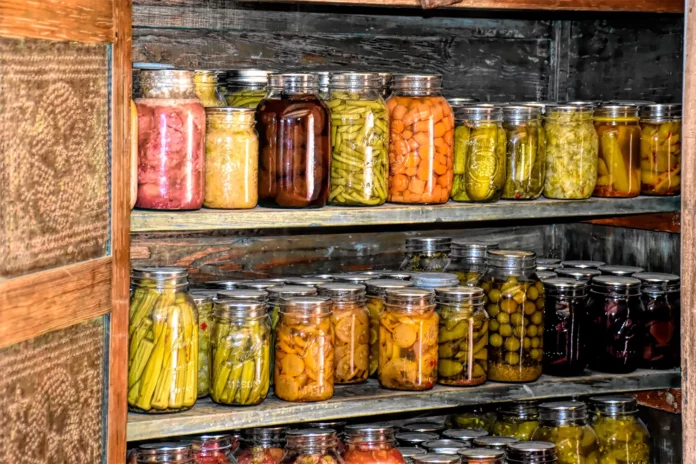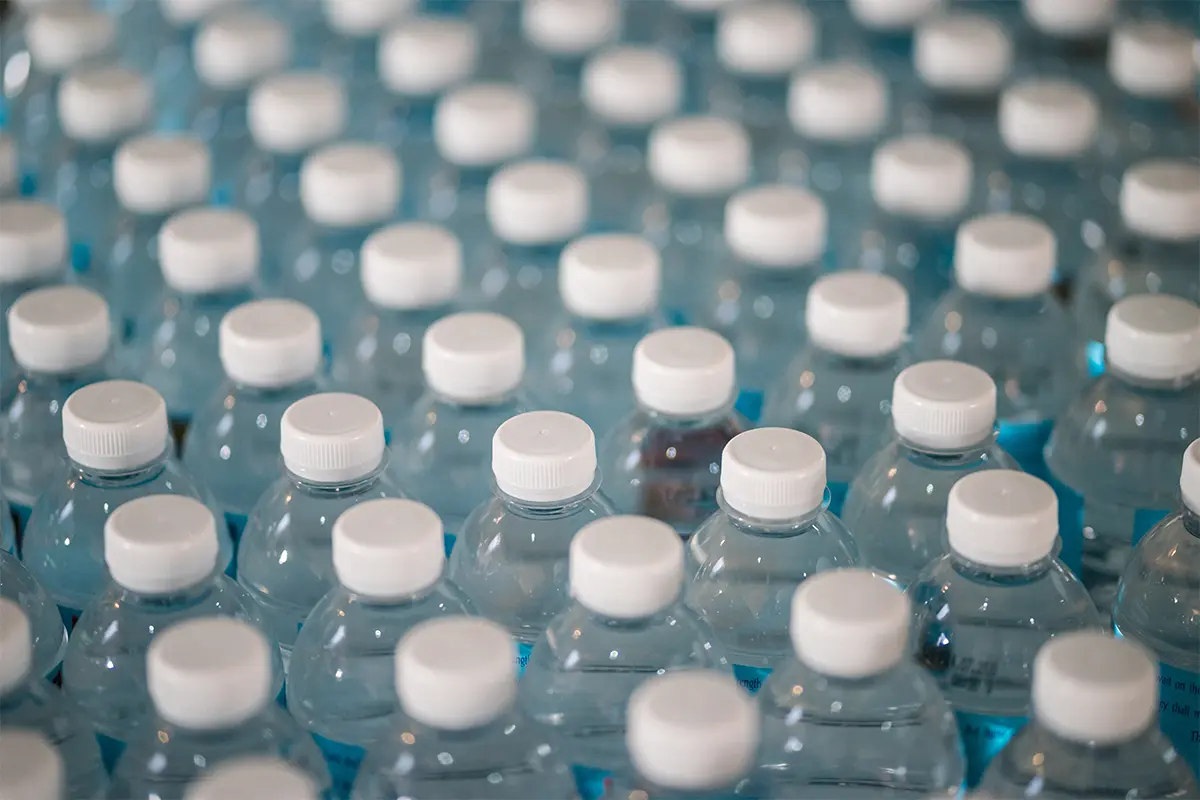In a world where natural disasters, cyber attacks, and electromagnetic pulses (EMPs) are becoming increasingly common, it’s important to prepare for the worst. One of the most critical aspects of emergency preparedness is having a reliable source of food and water. In this guide, we’ll discuss everything you need to know about EMP food and water storage, including the best types of food to store, how to store it, and how long it will last.
EMP Food and Water Storage
When it comes to emergency preparedness, EMP food and water storage should be at the top of your list. An EMP can cause widespread power outages, which can disrupt the food supply chain and leave you without access to food and water for an extended period. Therefore, it’s essential to have a stockpile of food and water that can sustain you and your family for at least a few weeks.
How Much Food and Water Should You Store?
The amount of food and water you should store depends on the size of your household and how long you want to be prepared for. As a general rule of thumb, you should have at least three days’ worth of food and water stored for each person in your household. However, it’s recommended to have a two-week supply of food and water to be on the safe side.
Best Types of Food to Store
When it comes to EMP food storage, you want to choose foods that are non-perishable, require minimal preparation, and are high in calories and nutrients. Here are some of the best types of food to store:
- Canned foods: Canned foods are a great option for EMP food storage because they have a long shelf life and require no preparation. Look for canned meats, fruits, vegetables, and soups.
- Dried foods: Dried foods such as beans, pasta, and rice are also good options for EMP food storage. They have a long shelf life and are easy to prepare.
- Freeze-dried foods: Freeze-dried foods are a popular option for emergency preparedness because they have a long shelf life and are lightweight. They can be rehydrated with water and are available in a variety of meals.
Best Types of Water to Store
Storing water is just as important as storing food. You should have at least one gallon of water per person per day stored for emergency situations. Here are some of the best types of water to store:
- Bottled water: Bottled water is a convenient option for EMP water storage because it’s already sealed and doesn’t require any preparation. Look for bottled water with a long shelf life.
- Water filters: Water filters can be used to purify water from natural sources such as rivers and lakes. Look for water filters that remove bacteria and viruses.
- Water purification tablets: Water purification tablets can be used to purify water in emergency situations. They’re lightweight and have a long shelf life.
How to Store EMP Food and Water
Proper storage is essential for EMP food and water to maintain their quality and freshness. Here are some tips for storing EMP food and water:
- Store food in a cool, dry place: Food should be stored in a cool, dry place to prevent spoilage. Avoid storing food in areas that are exposed to sunlight or moisture.
- Rotate your stockpile: It’s important to rotate your stockpile of food and water to ensure that you’re always using the oldest items first. This will help prevent waste and ensure that your stockpile is always fresh.
- Label your stockpile: Labeling your stockpile of food and water will help you keep track of what you have and when it expires. Be sure to include the expiration date and the contents of the container on the label.
- Use airtight containers: Airtight containers will help keep your food and water fresh and prevent contamination. Look for containers that are made from food-grade materials and are labeled as airtight.
How Long Will EMP Food and Water Last?
The shelf life of EMP food and water depends on the type of food and how it’s stored. Here are some general guidelines for the shelf life of EMP food and water:
- Canned foods: Canned foods can last for up to five years if they’re stored properly. Be sure to check the expiration date on the can before consuming.
- Dried foods: Dried foods can last for up to 25 years if they’re stored properly. Be sure to store them in a cool, dry place in airtight containers.
- Freeze-dried foods: Freeze-dried foods can last for up to 25 years if they’re stored properly. Be sure to follow the manufacturer’s instructions for storage.
- Bottled water: Bottled water can last for up to two years if it’s stored properly. Be sure to check the expiration date on the bottle before consuming.
- Water filters: Water filters can be used indefinitely if they’re properly maintained and stored.
- Water purification tablets: Water purification tablets can last for up to five years if they’re stored properly.
FAQs
- Can I store EMP food and water in my garage or attic? It’s not recommended to store EMP food and water in areas that are exposed to extreme temperatures or humidity. These conditions can cause spoilage or contamination.
- How often should I rotate my EMP food and water stockpile? You should rotate your stockpile of EMP food and water at least once a year to ensure that you’re always using the oldest items first.
- Can I use expired EMP food and water in an emergency situation? It’s not recommended to consume expired EMP food and water, as they may not be safe to eat or drink.
- How can I make sure my EMP food and water stockpile is always fresh? Labeling your stockpile and using airtight containers can help ensure that your EMP food and water is always fresh and free from contamination.
- How much water should I store for an emergency situation? You should have at least one gallon of water per person per day stored for emergency situations.
- Can I use tap water for EMP water storage? Tap water should only be used for EMP water storage if it’s been treated and purified.
EMP food and water storage is essential for emergency preparedness. By storing non-perishable, nutrient-dense foods and reliable sources of water, you can ensure that you and your family are prepared for any emergency situation. Remember to store your EMP food and water in a cool, dry place in airtight containers, and to rotate your stockpile regularly.
With the right preparations, you can have peace of mind knowing that you’re ready for anything.






